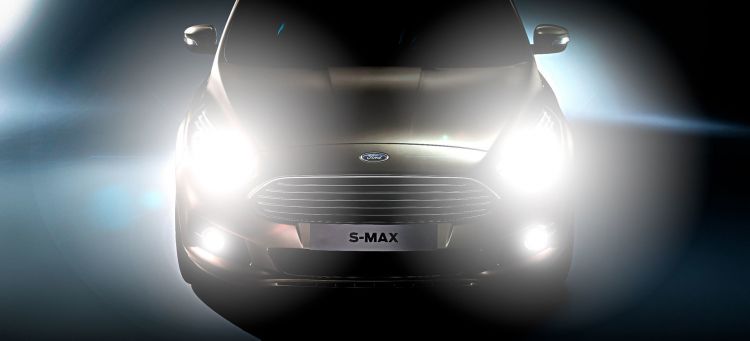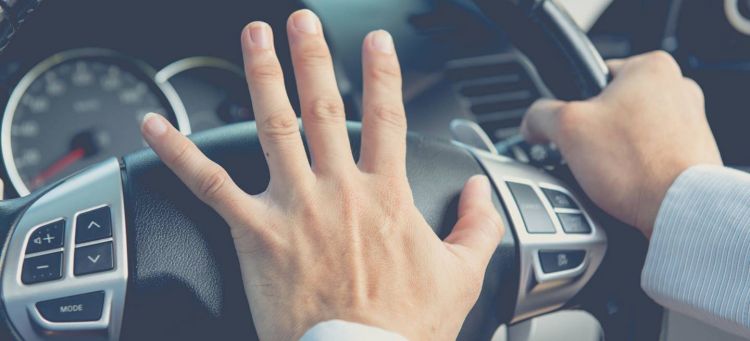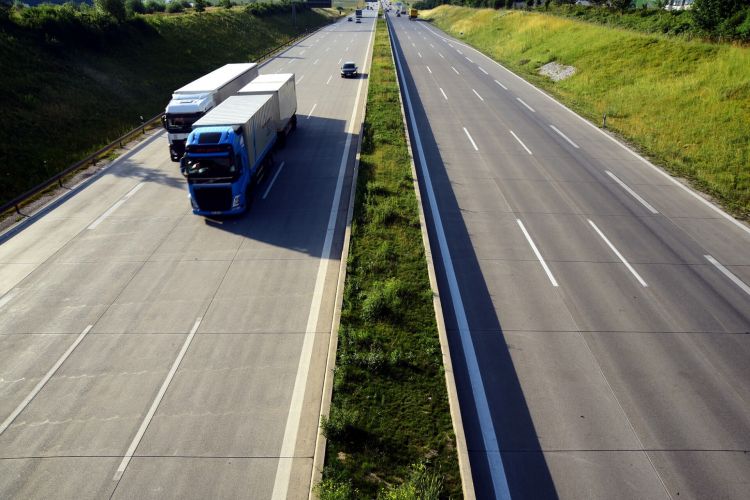You will not find in the Highway Code practically nothing of what you will read in this article. Nor will you find it in the text of the Law on Traffic, Circulation of Motor Vehicles and Road Safety. this article talks about the unwritten rules that govern the movement of vehicles in our countryand they specifically refer to that hashtag and those codes that only those who have spent years and years circulating on our roads have managed to understand and master. If they have made you long and you do not understand the reason, this article interests you.
bursts of long
It is perhaps one of the most effective forms of communication between vehicles. With the Highway Code in hand, the only legal cases in which long-range headlights can be used are to drive when road lighting is insufficient – outside towns – or to warn other road users of dangers, that is, to avoid an accident. They can also be used by non-priority vehicles in emergency service, accompanied by other visual and acoustic signals.
The law does not contemplate most of the common uses of long bursts, but they continue to be used for them on a regular basis.
Beyond these assumptions, its use is not legal and may be penalized. In practice, the most frequent use of long signals is to warn other vehicles of a danger, such as an animal loose on the road or an object lying on the road. Another common use of long bursts is to notify other drivers of the presence of a police or Civil Guard control, or also the presence of a mobile radar, generally hidden in plain sight. Warning with long bursts of the presence of agents, by the way, is not legal and carries a penalty of 80 euros.
But like it or not, it is something that is still being done on the roads – although less and less. Another reason why we can get flashes of high beams is because we have forgotten to turn off the rear fog lights or high beams and we are dazzling another vehicle traveling in the opposite direction. In cars with automatic high beam lighting this happens more often than it should. Finally, although again it is not an assumption contemplated in the law, the long ones can be used to indicate to another vehicle that you give wayfor example in city, or in an incorporation.
Nor can we forget that some drivers use their high beams to greet other people.
Long bursts between trucks or buses
A practical and courteous use of high beams, but which is still not endorsed by law, is the one practiced by some heavy vehicles in overtaking. When you drive a 16.5 meter articulated truck and you overtake another truck that is moving more slowly, the overtaken truck makes a burst of lengths to indicate to the overtaking truck that its trailer has already passed its front end, and that you can safely merge into the right lane. It is also common between buses or very long vehicles. In gratitude, a “carousel” of turn signals is usually made, activating the light warnings from one side to the other.
On some occasions, some trucks or buses give themselves a long burst when they notice a vehicle from the same company in the opposite direction, perhaps driven by a friend or acquaintance.
Using the horn to overtake
Once again, we are dealing with a device of our vehicle whose use is very restricted by law, due to its ability to be very annoying. Acoustic signals can only be used for very specific uses, and one of them is warn another vehicle that you are going to be overtaken. This is especially useful and necessary on narrow secondary roads, so that the vehicle ahead can facilitate the maneuver. If you are whistled in these circumstances, don’t get mad, it’s a simple warning so that everything runs smoothly.
The use of the horn to greet an acquaintance or to thank a kind gesture is not allowed, even if it is harmless.
Use of the right turn signal to indicate the possibility of overtaking
It is perhaps one of the best-known signs of etiquette behind the wheel globally. In fact, it is not only used in Spain, it is common in many other countries. Still, many people drive alone on highways and highways, and some may be surprised that that truck flashes right without slowing down or swerving. Is a courteous and friendly gesture by the slow vehicle, indicating that it is safe to overtake. It is something very welcome on secondary roads or mountain passes, where in many cases, only the slow vehicle has visibility.
If you want to thank the gesture, briefly activate the four blinkers.
Etiquette when facilitating overtaking
We are entering a more gray area, which depends a lot on the empathy of the drivers and their kindness with the rest of the users. Again, this is only apparent on secondary roads, since the situation does not apply to a road with two lanes in each direction. If you are driving at a slower pace than other vehicles – for whatever reason – and you detect that a traffic jam is forming, or that the vehicle you are leading clearly wants to overtake you, it is good manners to facilitate overtaking or move to the side so that other vehicles pass you.
Biker greetings and etiquette on two wheels
Perhaps we are already talking about a curiosity, and you will be familiar with the greeting if you usually ride a motorcycle. When you come across another motorcycle on the road, it is common to put the fingers of your left hand in a “V” or “victory” position to greet the rest of the bikers. The gesture costs nothing and is an affectionate sign of camaraderie. Another kind gesture from a biker is to extend one of his legs as a way of thanking you for making the maneuver easier for him. It is usually used when a motorcycle makes it easier to overtake another that is traveling at a faster pace, or a car moves aside to make room for them.
This last gesture is common when motorcycles circulate between cars in the traffic jams of a round.
Greetings between car fans
We are now entering a gray area, where the label is variable, and depends a lot on both the geographical area and the nature of the “encounter”. In addition, the legality is also doubtful. To give you an example that you understand, many owners of a Mazda MX-5 NA tend to greet each other by raising and lowering their retractable headlights when they find another similar car on the road. It is somewhat similar to the biker salute. Greeting each other with a flurry of lengths is relatively common among owners of a Jeep Wrangler, or of rare passionate cars.



